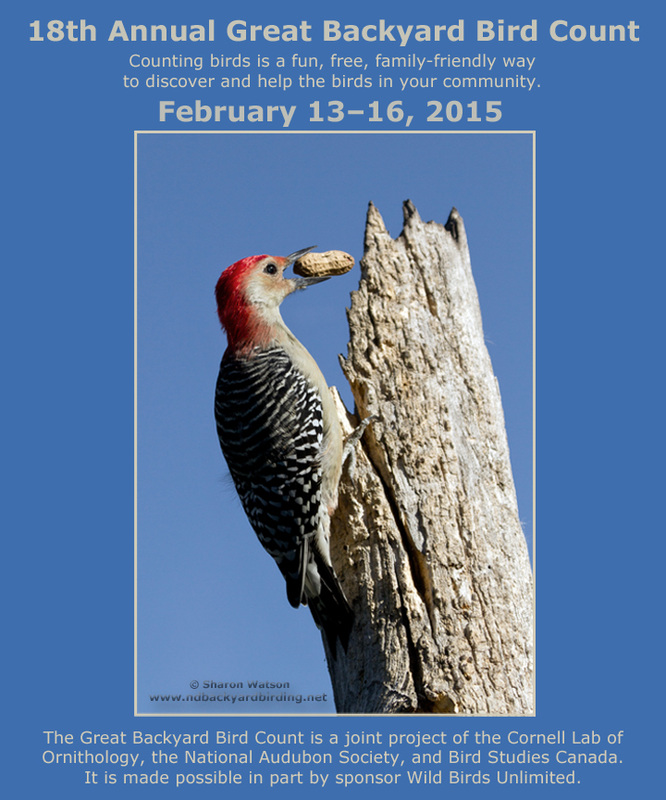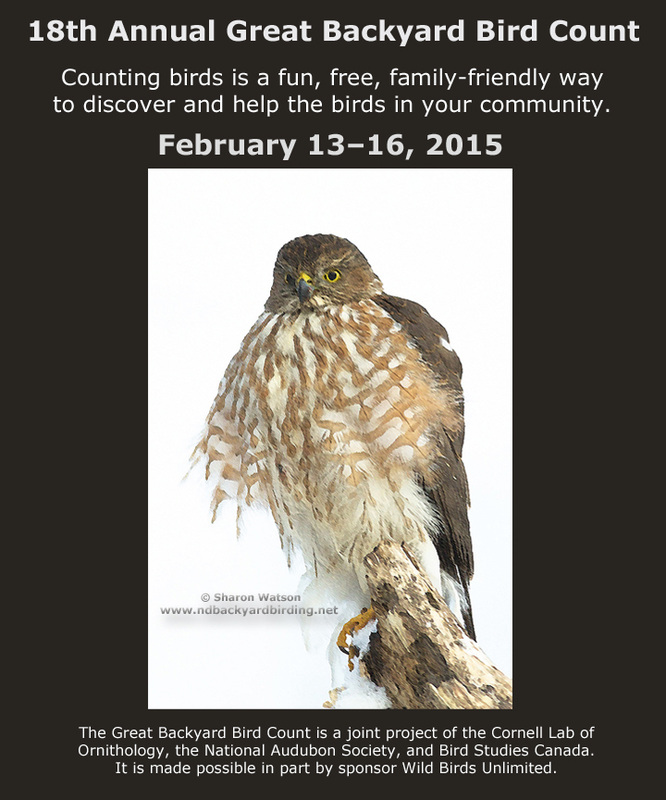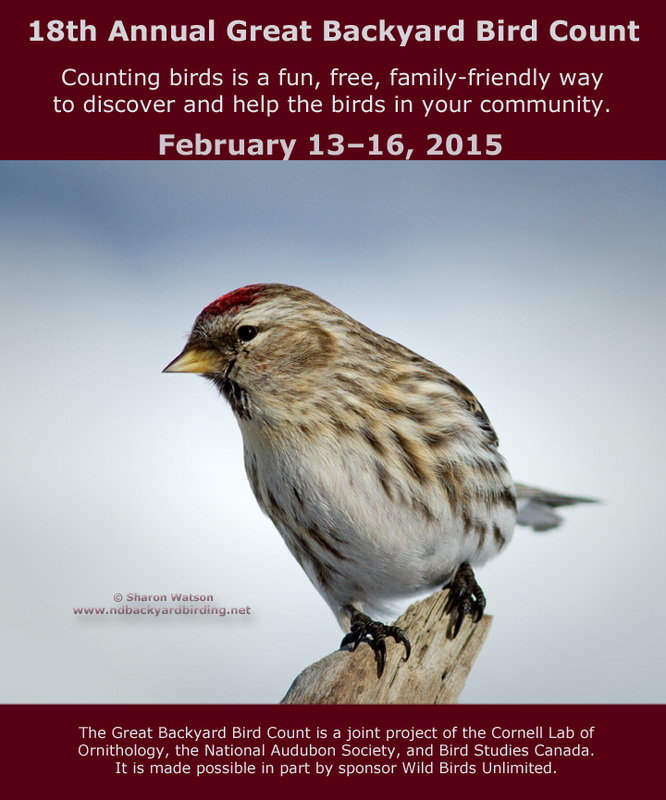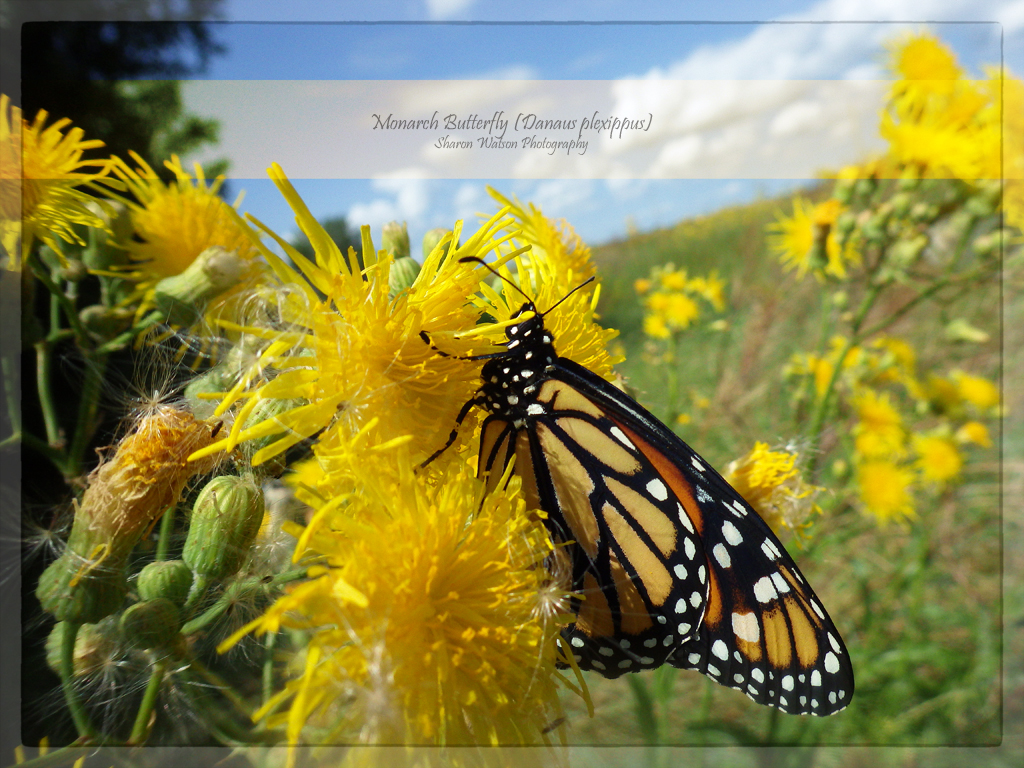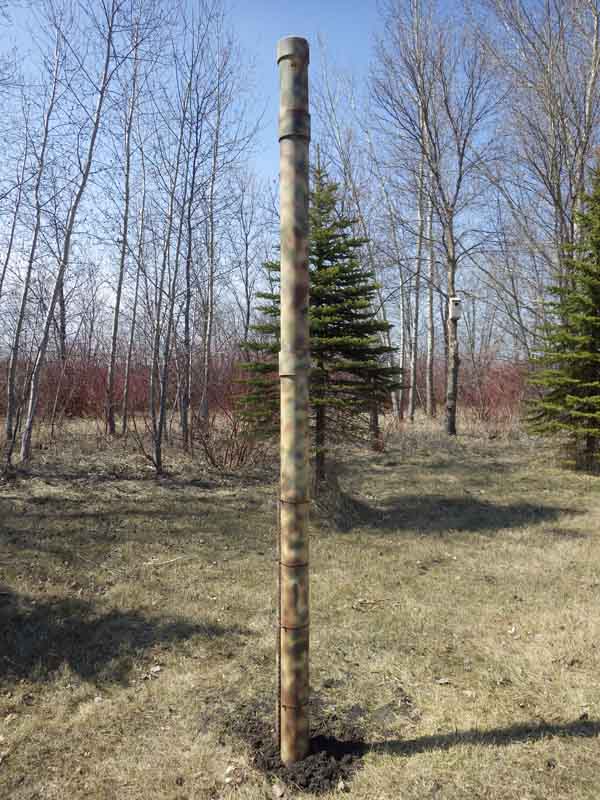|
For more information click here http://www.learner.org/jnorth/monarch/
One of the night time sounds is a cricket but what critter is the other call coming from??? 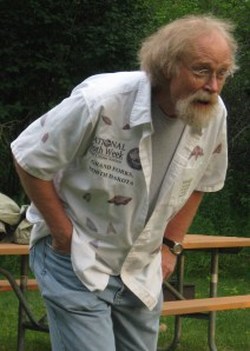 National Moth Week Exploring Nighttime Nature North Dakota’s ‘Moth Month’ has started! July is a busy month for Carl Barrentine and his fellow moth’ers in North Dakota, for them it’s not just a week – it’s Moth Month. Check out what they planned for celebrating Moth Month on Carl’s website Dakota Naturalist. Learn more about Moths National Moth Week.org National Moth Week on Facebook Mothing and Moth Watching on Facebook For instructions regarding materials and building the tube nest box click on the link below -
http://www.birds.cornell.edu/Publications/Birdscope/Winter2009/chickadee_tube.html I just put up this tube nest box yesterday and I will update this post later in season if the tube was used for nesting. Call of the Wood Frog (Lithobates sylvaticus) Fun facts: Wood frogs are well suited to a cold climate. They spend winters burrowed in the leaves that fell the previous fall. They stop breathing, their hearts stop beating, and ice crystals form within their hibernating bodies. A special antifreeze they produce keeps liquids from freezing inside their cells and killing them. Their fertilized eggs are not harmed by freezing either. Egg development simply stops until the water warms again. The wood frog is the only frog found north of the Arctic Circle.
Another fun fact: wood frog tadpoles can tell their brothers and sisters from other tadpoles. Behavior of the American Woodcock - It spends most of their time hidden in fields and on the forest floor, where they probe for earthworms. On spring nights, males perform very conspicuous displays, giving a buzzy peent call, then launching into the air. Their erratic display flight includes a distinctive, twittering flight sound and ends with a steep dive back to the ground.
Habitat of the American Woodcock - it nests in young, shrubby, deciduous forests, old fields, and mixed forest-agricultural-urban areas across the eastern United States and southern Canada. They display in forest openings and old fields in the springtime, and they often use clearings for roosting in the summer. On the western edge of their range, they may depend on moist, wooded riverside areas and wet meadows in young woodlands. The American Woodcock spends the winter in similar habitats in southern part of breeding range, also moving into additional wintering habitat in Texas and on the southern edges of the Gulf States. A new lifer by sound but have yet to see one. Recorded the peent call on April 20, 2014 shortly after 9 pm yesterday evening. |
My latest images on Flickr |
